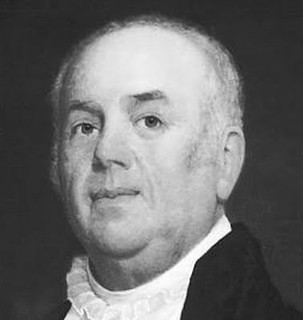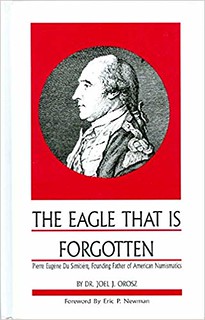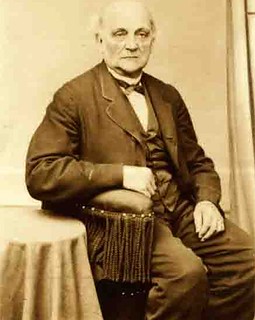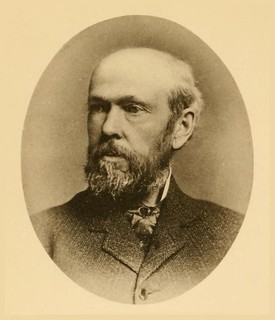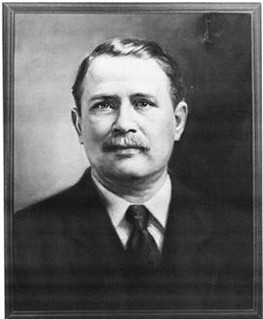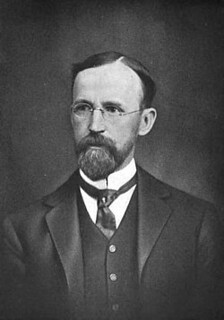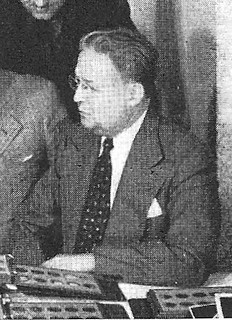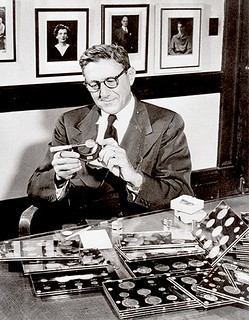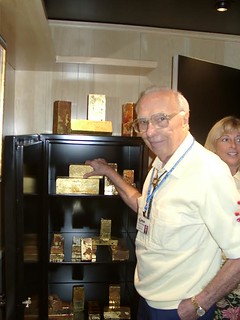
PREV ARTICLE
NEXT ARTICLE
FULL ISSUE
PREV FULL ISSUE
WHO HAD THE LARGEST COLLECTION IN THE U.S.?E-Sylum Feature Writer and American Numismatic Biographies author Pete Smith submitted this article on the largest numismatic collections formed in the United States. Thanks! Great topic. -Editor
Who Had the Largest Coin Collection in the United States?
I want to open a topic for discussion. Who had the largest American coin collection? I don't know the answer. Perhaps E-Sylum readers can reach a consensus over time. Start with an obvious distinction, the difference between a collection and a hoard. A collection is a systematic grouping of different items with some common theme. A hoard includes multiple examples of the same things. An accumulation is just a bunch of stuff. Along the way we should consider that different themes may include ancient coins, colonial coins, American coins, world coins, currency, medals and tokens. Within each of those may be legitimate subsets assembled as important collections worthy of mention. I contacted Joel Orosz to get the discussion started. He reported that the earliest American coin collections were formed by colonial clergymen. The Reverend Andrew Eliot (1718-1778) was pastor of the New North Church in Boston and not the Old North Church as stated in some numismatic references. He specialized in New England silver coins but little beyond that. He acquired coins from silversmiths and sent them to collectors in England.
Samuel Curwen (1715-1802) was a prosperous Salem merchant before the Revolution. As a
loyalist, he fled to England in 1775, returning to Salem in 1784. William Bentley described his
collection:
The Reverend William Bentley (1759-1819) of Salem mentioned coins in his diary. He wrote about the coins that passed through his hands but not the extent of his collection. He was an agent for the collection of James Winthrop. Judge James Winthrop (1752-1821) of Cambridge was librarian at Harvard from 1772 to 1787. The extent of his collection is unknown. John Andrews (1743-1822) was a Boston hardware merchant. His collection passed to his son Henry and was later acquired by the Massachusetts Historical Society. Pierre Eugene Du Simitiere (1737-1784) had the first collection sold at auction in 1785. I don't think anyone knows the size of the collection but he had limited resources.
Robert Gilmor, Jr. (1774-1848) acquired some coins from Adam Eckfeldt at the Philadelphia Mint. His collection of American coins by date was nearly complete.
Joseph Mickley (1799-1878) has been called T. Harrison Garrett (1849-1888) had a collection described as second only to Parmelee. After his death in a sailing accident, the collection passed to his son Robert and then in 1919 to John Work Garrett and later to Johns Hopkins University. The collection was sold at auction for $25 million, a record at the time.
Byron Reed (1829-1891) donated his collection to the Omaha Public Library including 6395 coins, 474 patterns, 2136 U.S. notes, 607 Confederate bills and 1280 medals. Lorin Parmelee (1827-1905) had a collection with an estimated value of $60,000 in 1883. When it was sold at auction in 1890, the sale realized $23,600. John Story Jenks (1839-1923) had 11.000 coins which was a fine collection but dwarfed by the Brand collection of the same era. Virgil Brand (1862-1926) was reported to have a collection of 350,000 coins. However, he had a lot of duplicates. His estate was passed to his two brothers, Armin and Horace.
Waldo Newcomer (1867-1934) had a collection described as the greatest coin collection never to have appeared at auction including about 4000 coins. Duplicates from his collection were sold by Mehl in 1914 and 1919. His pattern collection and world coins were sold at auction by J. C. Morgenthau. Edward H. R. Green (1868-1936) had a collection that required eight armored trucks to transport it to the Chase Bank. Some of the collection was sold through dealer Burdette G. Johnson to Eric Newman. Farran Zerbe (1871-1949) had a collection that was very large and diverse. It required more that a thousand trays to exhibit. The collection was seen by more than any other at the Chase Manhattan Bank Money Museum. Eventually the 25,000 piece coin collection was donated to the Smithsonian.
F. C. C. Boyd (1886-1958) had a collection advertised at the time it was sold as Louis Eliasberg (1896-1976) is the only collector to assemble a complete collection of United States coins. How many coins was that? His total collection included more than 10,000 pieces. Were there larger collections with more world coins?
John J. Ford. Jr. (1924-2005) had an incredible collection of colonial coins and American tokens and medals that included everything except United States Mint coinage. Eric Newman (1911-2017) wrote the book on 1804 dollars but never owned one. His interest ran more to colonial coins and paper money than to more modern coinage. Del Loy Hansen (1953- ) aspires to form a complete collection of American coins. He has not reported how close he is to completion in 2024. Each of these collections has merits reflecting the interest of the collector. Collections were formed from what was available and interesting at the time. There is no common metric that can be used to establish quantity of coins or the value of a collection. Ole Eklund (1873-1950) had more than 40,000 world copper coins which may have been the largest for that subset of coins. I suspect there have been larger collections of world coins in America that don't come to mind. Amon Carter, Jr. (1919-1982) may have had the largest collection of world paper money. How many pieces was that? Who else had large collections? My broad collection of tokens and medals exceeds 10,000 items. Within that are subsets that I believe are the largest of their kind. However, I suspect there are many larger token collections. Who had the largest collection of transportation tokens? How about Conder tokens, Civil War tokens, Good-for trade tokens? With the help of E-Sylum readers, I would like to answer those questions. I know George and Melvin Fuld had a huge Civil War token collection, and Howard Gibbs amassed a huge collection of Odd and Curious money and acquired collections from Ole Eklund to boot. Please let us know what you think - How would you answer some of these questions? -Editor
To read the earlier E-Sylum articleS, see:
THE BOOK BAZARREWayne Homren, Editor The Numismatic Bibliomania Society is a non-profit organization promoting numismatic literature. See our web site at coinbooks.org. To submit items for publication in The E-Sylum, write to the Editor at this address: whomren@gmail.com To subscribe go to: https://my.binhost.com/lists/listinfo/esylum All Rights Reserved. NBS Home Page Contact the NBS webmaster 
|
